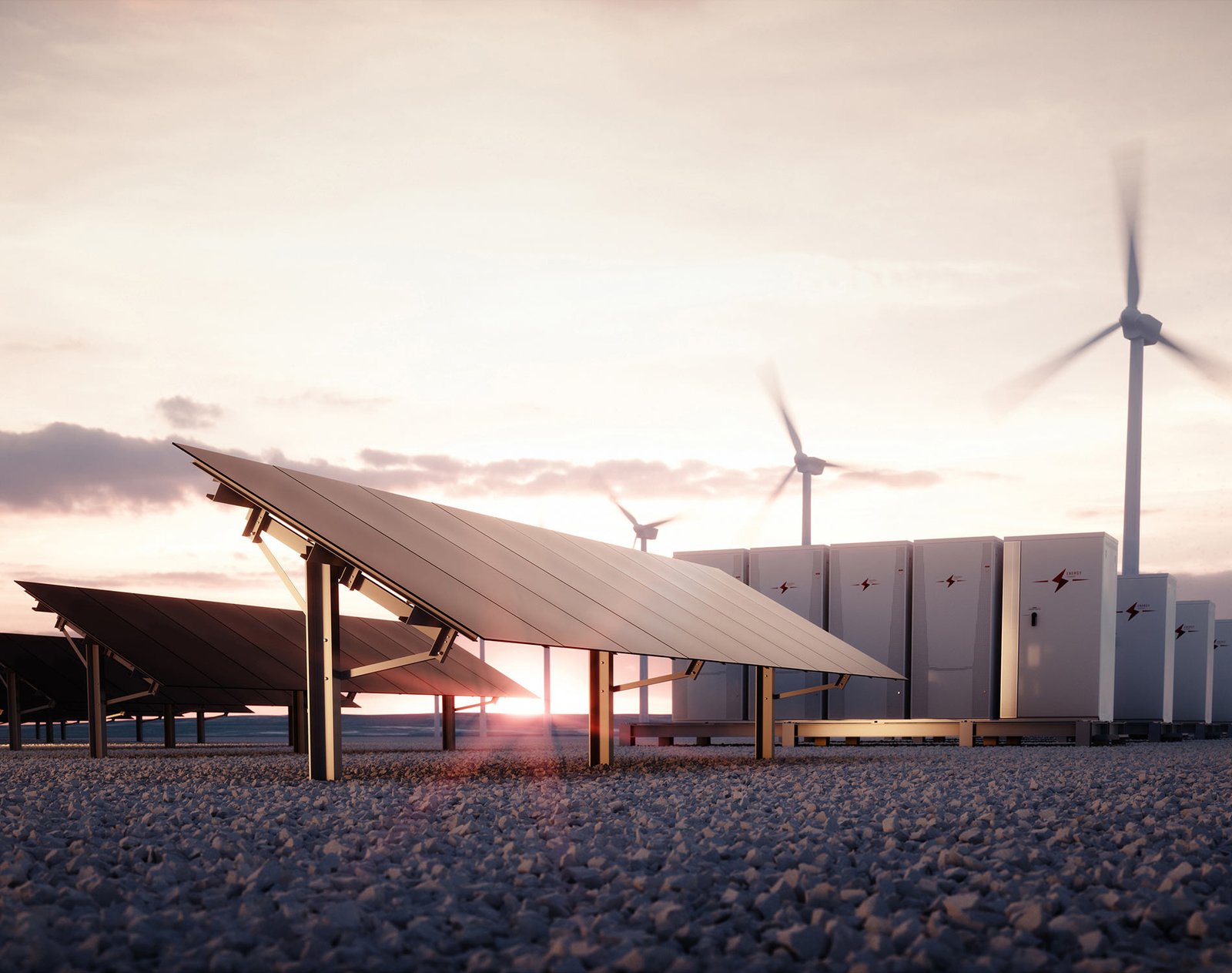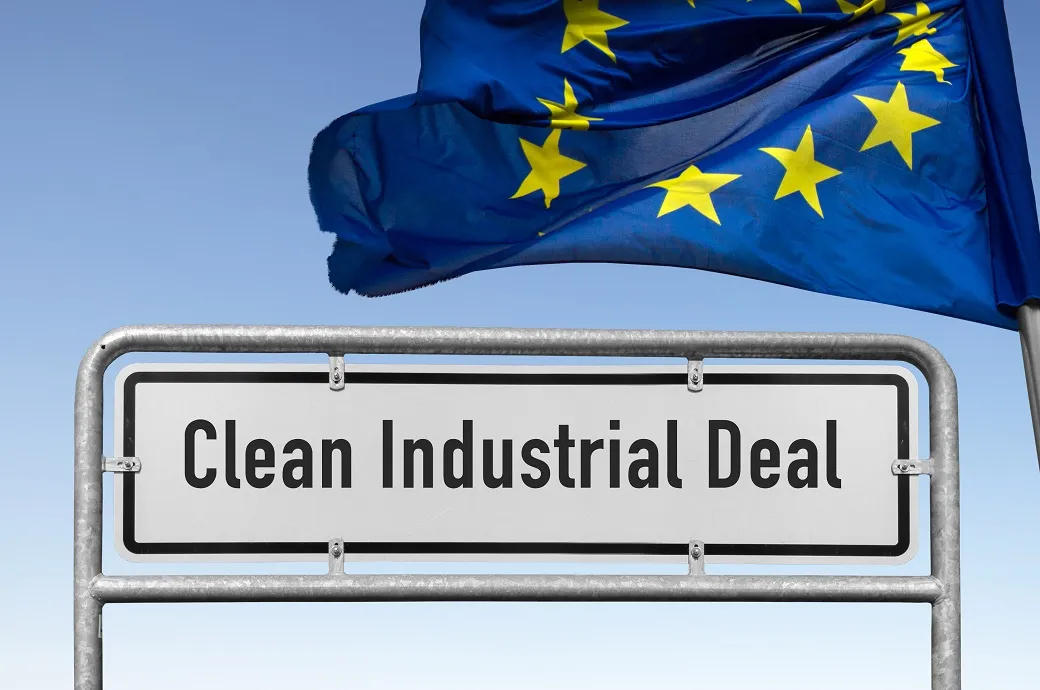The first quarter of 2025 tested the resilience of global markets, marked by geopolitical tensions, fluctuating tariffs, and changing inflation rates. Despite these challenges, the Macquarie Global Listed Real Assets Fund (MGRAF) demonstrated robust performance, particularly in infrastructure and renewable energy sectors, which remained resilient amid market volatility.
**Macroeconomic Context** Q1 2025 saw the introduction of ‘Liberation Day’ tariffs, implementing a 10% universal levy alongside sector-specific penalties on imports. These tariffs, combined with ongoing U.S.-China trade tensions, negatively impacted corporate earnings and consumer confidence. The S&P 500 index experienced a decline, especially within consumer discretionary stocks, which fell by 14%. In contrast, energy and utility sectors showed strength, with energy stocks rising by 9% and utilities by 7%. The Federal Reserve maintained interest rates at 4.5%, yet the market anticipated potential cuts down to 2.5% in light of recession fears.
Amid this backdrop, infrastructure and renewable energy assets thrived due to their demand being less sensitive to short-term economic fluctuations.
**Infrastructure Sector Performance** **Data Centers** The data center industry emerged as a key performer, propelled by the increasing demand for cloud computing and artificial intelligence. The U.S. Department of Energy projects that electricity demand will double by 2050, with data centers expected to account for 20% of global energy consumption by 2030. Supply limitations, particularly regarding land availability and power infrastructure, have driven rents higher. Vacancy rates in leading markets like Silicon Valley and Chicago have dropped below 3%, with rental prices increasing by 14% year-over-year. This dynamic has led to greater occupancy and pricing power for operators, boosting their market valuations. The MGRAF’s infrastructure investments include significant holdings in Equinix (EQIX) and Digital Realty Trust (DLR), both of which reported double-digit revenue growth in Q1.
**Utilities as a Stable Investment** Regulated utilities, often undervalued in growth portfolios, have shown consistent profitability. These companies benefit from stable cash flows, as their operations are regulated to ensure necessary infrastructure investments. In Q1, utility stocks rose by 7%, surpassing the broader market. Noteworthy companies like NextEra Energy (NEE) and Dominion Energy (D) profit from guaranteed returns on investments in grid modernization and renewable energy initiatives.
**Renewable Energy Growth** **Macquarie Energy Transition Infrastructure Fund (METI)** The METI, a vital component of MGRAF’s strategy, aims for net returns of 9-11% through investments in projects aligned with the global energy transition. Its Q1 2025 portfolio includes: – **Solar and Storage**: Galehead (U.S.) and Treaty Oak (U.S.) – **Onshore Wind**: Aula Energy (Australia) – **Offshore Wind**: Broadhelm Renewables (Europe) These projects are strategically positioned in OECD countries with supportive policy frameworks and carbon pricing systems, ensuring stable demand.
**Supply Chain Challenges in Renewable Energy** The expansion of renewable energy relies heavily on critical materials such as copper, aluminum, and silver. However, supply constraints driven by geological limitations, local opposition (NIMBYism), and geopolitical resource nationalism are increasing prices for miners. Companies like Freeport-McMoRan (FCX) and Albemarle (ALB) are benefitting from this structural demand.
**Risks to Consider** While infrastructure and renewable sectors have shown resilience, they still face macroeconomic challenges: 1. **Tariff-Driven Risks**: Sectors like semiconductors and pharmaceuticals are more vulnerable to tariffs, while infrastructure and renewables are less affected due to local supply chains. 2. **Regulatory Challenges**: Projects in nuclear energy often face lengthy approvals and public resistance. 3. **Liquidity Concerns**: The METI’s structure allows for quarterly redemptions, limiting withdrawals to 5% of NAV per quarter to avoid market disruptions.
**Investment Strategies Moving Forward** 1. **Focus on Quality**: Prioritize investments in infrastructure operators with a global reach and stable revenue streams, such as EQIX and NEE. 2. **Geographic Diversification**: The METI’s global investment strategy, covering the U.S., Australia, and Europe, mitigates country-specific risks. 3. **Monitor Commodity Markets**: Consider exposure to copper and lithium miners as a hedge against supply constraints. 4. **Long-Term Outlook**: The energy transition is a multi-decade process. Investors should prioritize ESG-compliant projects with cash flows extending beyond ten years.
**Conclusion** In a quarter marked by uncertainty, the Macquarie Global Listed Real Assets Fund’s emphasis on infrastructure and renewable energy yielded a 3.72% year-to-date return, outperforming its peers. While macroeconomic risks persist, the long-term trends in digitalization and decarbonization present significant growth opportunities. For investors, infrastructure and renewable energy are becoming fundamental components of a stable and promising economic future.




